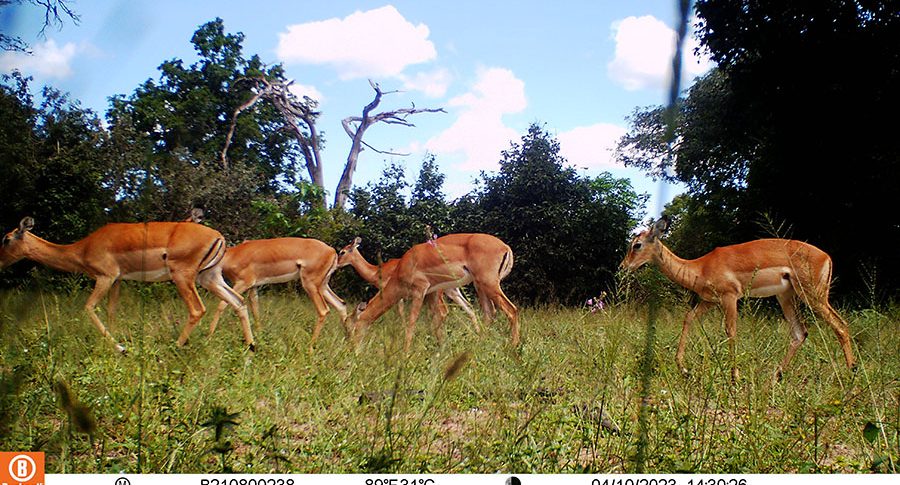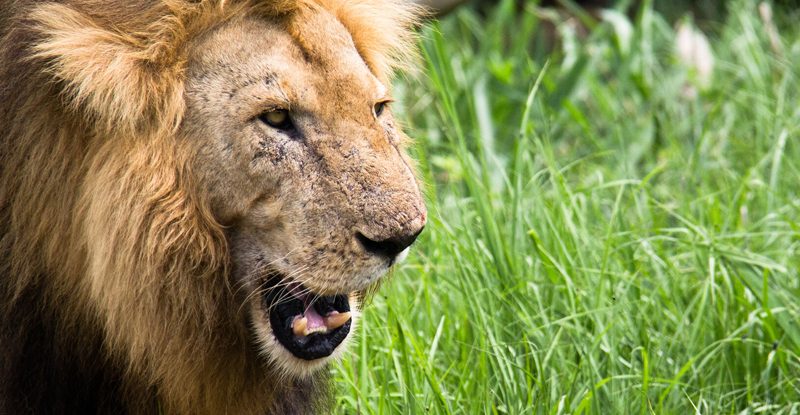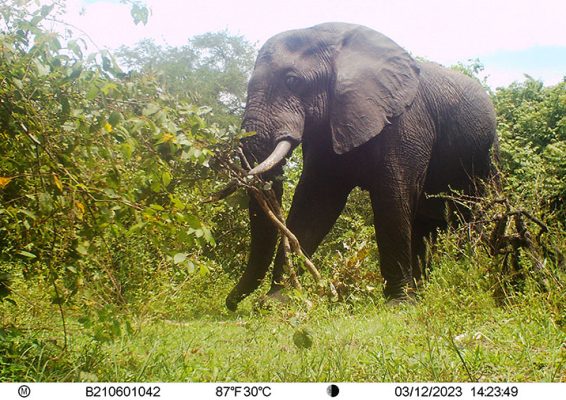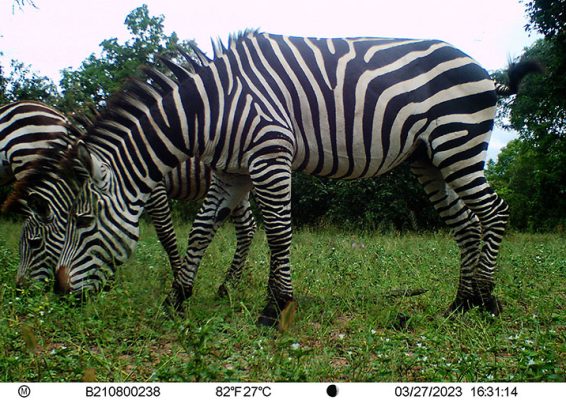Katavi National Park, a remote and little-known nature reserve in western Tanzania, is home to an impressive bingo-card of charismatic African wildlife, including buffaloes, zebras, giraffes, elephants, crocodiles, hippopotami, cheetahs, leopards, and lions.
Yet given the park’s remoteness and limited resources, there’s little data on just how big those populations are — and whether they’re increasing or declining. That’s critical knowledge for conservation management, particularly given that there have been reports of poaching and illegal hunting in the area. Moreover, Tanzania’s new game meat selling scheme, which seeks to legitimize ‘bushmeat butcheries’, may serve to intensify wildlife losses in the country without adequate data on different wildlife users, uses and impacts.
In that context, the Global Challenges Research Fund (GCRF)’s Trade, Development and the Environment (TRADE) Hub is supporting monitoring efforts in the area, beginning with an initial training on camera trap deployment in June of 2022. Then, in May this year, a research team led by Paulo Wilfred, a lecturer at the Open University of Tanzania, carried out the first full camera trapping and wildlife survey of Katavi, which took place in both the wet and dry seasons. It yielded millions of camera-trap images, including pictures of endangered wildlife such as lions (Panthera leo) and African wild dogs (Lycaon pictus).
Last month, the team ran a workshop to train national park staff and other local conservation stakeholders – wildlife managers and rangers, researchers, and representatives of the general public, including village chairs and government officials – on wildlife monitoring using camera traps.
During the workshop, participants learned about camera-trapping history and potential, as well as planning and camera trap deployment. They were trained to identify species from camera trap images using AI-based software, and to estimate animal densities from this data using estimation approaches such as Space-To-Event (STE) analysis in R.
The training involved plenty of practical exercises, including a field demonstration within the park itself. “The wildlife managers and rangers were happy to learn a new technology for wildlife monitoring, additional to the traditional road or walked transects,” said Wilfred. “They were also pleased to learn that they could use camera traps in their law enforcement activities, and to monitor nocturnal species and carnivores.”

The technical elements of monitoring were more involved and hands-on than many participants realized. “The park officials expected all the cameras to transmit data automatically,” said research assistant Lwimiko Mwateba, “but unfortunately it involves a more complex process of retrieving the data manually by relocating the cameras in the bushes and taking out the memory cards at regular intervals for further analysis.”
Local community representatives advocated for raising communities’ awareness and engaging them in camera trapping, as this could also minimize the rate of camera trap vandalism and theft during camera-trap-based wildlife monitoring. “The higher presence of monitoring in the park may also deter poachers, whilst images from the camera traps can sensitize local stakeholders to the importance of wildlife conservation,” said Wilfred.
Most importantly, the survey and continuing feedback from the camera traps will allow park staff, community members and local researchers to monitor species ‘in-house’ without needing to bring in outside experts at high cost. They can use the collected data to create density estimates of key species — and make better management and monitoring decisions as a result. “If it’s deployed well, camera trapping can really help to shape the interaction between local communities and protected areas in very positive ways,” said Wilfred.
We want you to share Forests News content, which is licensed under Creative Commons Attribution-NonCommercial-ShareAlike 4.0 International (CC BY-NC-SA 4.0). This means you are free to redistribute our material for non-commercial purposes. All we ask is that you give Forests News appropriate credit and link to the original Forests News content, indicate if changes were made, and distribute your contributions under the same Creative Commons license. You must notify Forests News if you repost, reprint or reuse our materials by contacting forestsnews@cifor-icraf.org.


